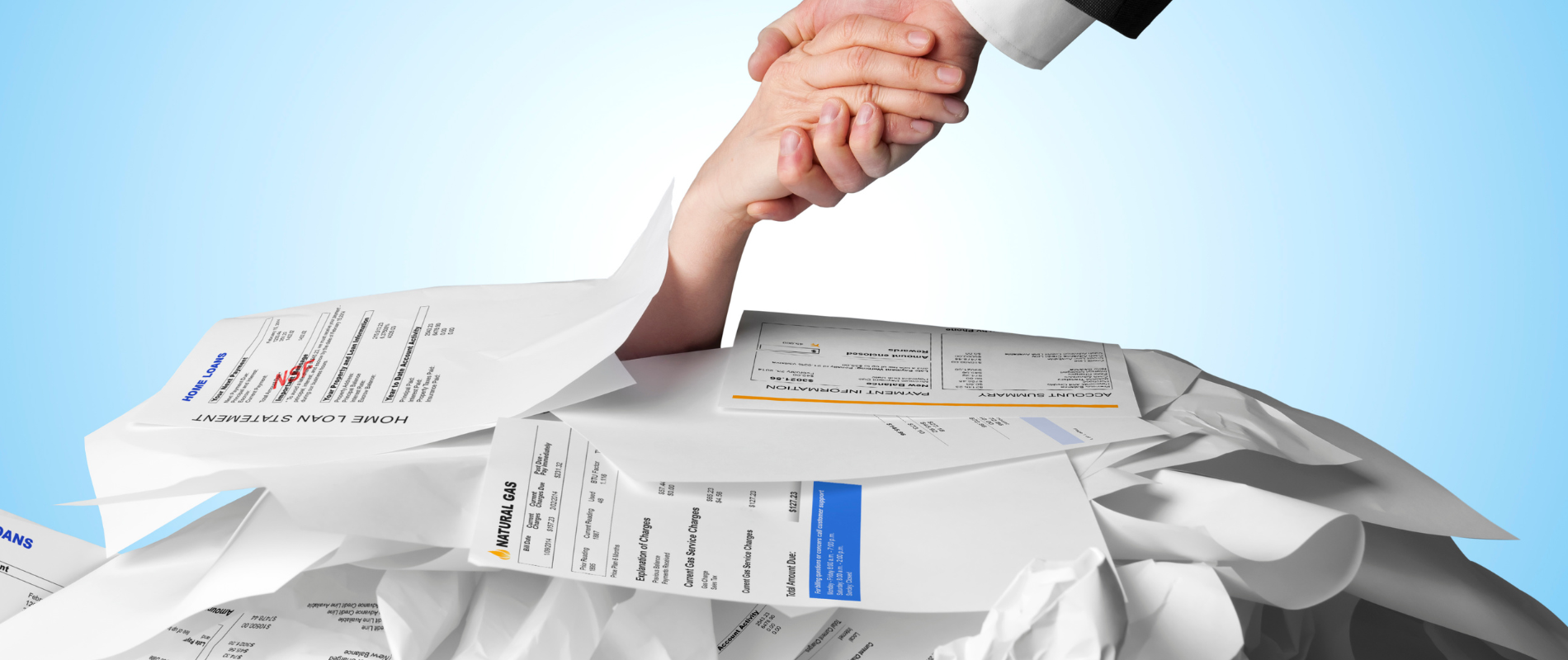Debt can often feel like a necessity in modern life, but it’s crucial to understand its potential pitfalls.
Let’s explore the typical journey into debt, and consider alternative approaches that might help you avoid these common traps.
1. Debit Card
At 16 years old, your parents might give you a gift card loaded with cash or a low-limit credit card they pay off for you. This introduces you to the concept of spending money you don’t physically have.
2. Credit Card
At 18, you qualify for your first credit card. The repayments your parents made on your initial card helped build your credit history, making this possible.
3. Student Loan
Next, you take out a student loan, your first “get it now, pay later” experience. By the end of the 2023 financial year, more than 86,000 people owed between $60,000 and $70,000 in student loans.
4. Buy Now, Pay Later (Afterpay)
The latest smartphone is out, and your bank balance is empty. You opt for buy now, pay later. Now you can keep up with your friends without waiting, but companies like Apple and Microsoft profit from your impatience.
5. Travel Loan
After studying hard or taking a break from university, you decide to travel. A fixed-interest loan makes this possible, and you justify the expense as a well-deserved break.
6. Car Loan
You get a part-time job and need a vehicle. Public transport is inconvenient, so you opt for a car loan. The higher interest rate is manageable because you finally have wheels.
7. Wedding Finance
You find your soulmate and plan a wedding. You want everyone to join in the celebration, but venues and caterers are expensive. Financing the wedding seems like the only option, and your debt positions merge.
8. Home Mortgage
The dream of home ownership comes with a mortgage. While renting has its drawbacks, a mortgage feels like a secure investment for your family, despite the long-term financial commitment.
9. Novated Lease
With a good salary, you aim for a corporate image, opting for a novated lease on a European vehicle. The tax benefits and lower repayments sound great until you realize the hidden fees and that you don’t actually own the car.
10. Debt Consolidation
Despite making regular home loan repayments, your mortgage balance doesn’t decrease much. Consumer debt compounds, so you consider tapping into home equity to fix your cash flow issues.
11. Redraw Facility
Needing more space for a growing family, you can’t afford a new house. An equity release for home renovations seems like a smart solution, but it locks you into another 20 years of work.
12. Property Investment Loan
Middle-aged and taxed heavily, you’re tired and overworked. A negatively geared property sounds like a good solution, despite not fully understanding the after-tax cash flow implications.
13. SMSF Property Finance
Approaching retirement, you seek security. An expert on Facebook convinces you to use your super for property investment, promising capital growth. However, you face unexpected costs and risks to your personal assets.

How Much of This Journey Do You Identify With?
Debt can quickly accumulate, leading to financial stress and uncertainty. But you can find a way out and help your kids avoid similar traps. Reversing this situation requires:
- A Plan: Clearly define your financial goals and create a roadmap to achieve them.
- The Skills: Learn about credit, debt management, and investment strategies.
- The Mindset: Cultivate discipline and a proactive approach to managing your finances.
If you’re open to learning and willing to invest time in developing new strategies, you can redesign your future.
Take Control of Your Finances
- Start with Learning About Credit: Take our Debt Awareness Quiz to build your knowledge. Debt Awareness Quiz
- Define Your Goals: Play the Happiness Game to see if you are on track. The Happiness Game
By taking these steps, you can regain control over your finances and create a more secure future for yourself and your family.

